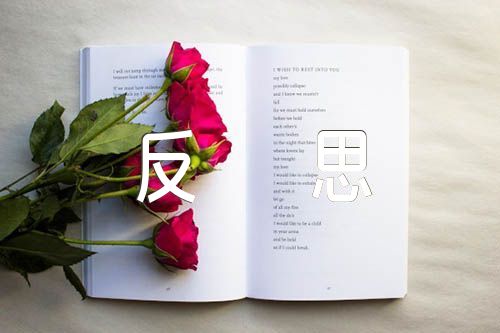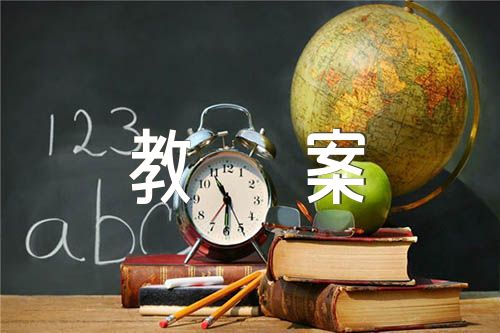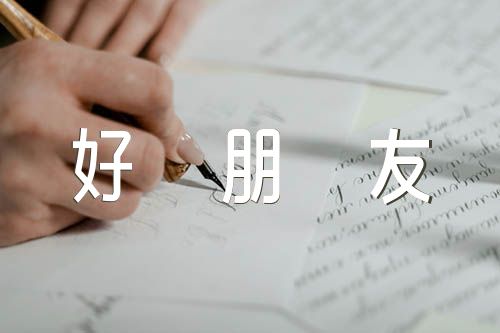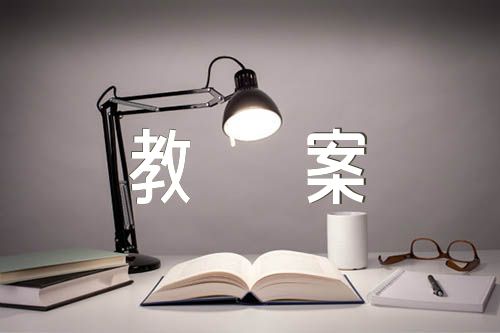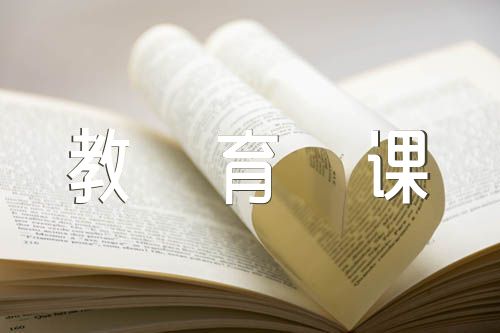【导语】阅读是人们最必要的学习工具之一,是通往周围世界的窗口。阅读是自学的条件,是终身学习的基础。英语阅读在提高英语学习者的英语语言能力方面发挥着不可替代的作用。以下是整理的相关资料,希望帮助到您。

【篇一】
中秋节的来历The joyous Mid-Autumn Festival was celebrated on the fifteenth day of the eighth moon, around the time of the autumn equinox(秋分). Many referred to it simply as the "Fifteenth of the Eighth Moon".
This day was also considered as a harvest festival since fruits, vegetables and grain had been harvested by this time and food was abundant. Food offerings were placed on an altar set up in the courtyard. Apples, pears, peaches, grapes, pomegranates(石榴), melons, oranges and pomelos(柚子) might be seen. Special foods for the festival included moon cakes, cooked taro(芋头)and water caltrope(菱角), a type of water chestnut resembling black buffalo horns. Some people insisted that cooked taro be included because at the time of creation, taro was the first food discovered at night in the moonlight. Of all these foods, it could not be omitted from the Mid-Autumn Festival.
The round moon cakes, measuring about three inches in diameter and one and a half inches in thickness, resembled Western fruitcakes in taste and consistency. These cakes were made with melon seeds(西瓜子), lotus seeds(莲籽), almonds(杏仁), minced meats, bean paste, orange peels and lard(猪油). A golden yolk(蛋黄) from a salted duck egg was placed at the center of each cake, and the golden brown crust was decorated with symbols of the festival. Traditionally, thirteen moon cakes were piled in a pyramid to symbolize the thirteen moons of a "complete year," that is, twelve moons plus one intercalary(闰月的) moon. uUlsda E
The Mid-Autumn Festival is a traditional festivity for both the Han and minority nationalities. The custom of worshipping the moon can be traced back as far as the ancient Xia and Shang Dynasties (2000 B.C.-1066 B.C.). In the Zhou Dynasty(1066 B.C.-221 B.C.), people hold ceremonies to greet winter and worship the moon whenever the Mid-Autumn Festival sets in. It becomes very prevalent in the Tang Dynasty(618-907 A.D.) that people enjoy and worship the full moon. In the Southern Song Dynasty (1127-1279 A.D.), however, people send round moon cakes to their relatives as gifts in expression of their best wishes of family reunion. When it becomes dark, they look up at the full silver moon or go sightseeing on lakes to celebrate the festival. Since the Ming (1368-1644 A.D. ) and Qing Dynasties (1644-1911A.D.), the custom of Mid-Autumn Festival celebration becomes unprecedented popular. Together with the celebration there appear some special customs in different parts of the country, such as burning incense(熏香), planting Mid-Autumn trees, lighting lanterns on towers and fire dragon dances. However, the custom of playing under the moon is not so popular as it used to be nowadays, but it is not less popular to enjoy the bright silver moon. Whenever the festival sets in, people will look up at the full silver moon, drinking wine to celebrate their happy life or thinking of their relatives and friends far from home, and extending all of their best wishes to them.
There is this story about the moon-cake. during the Yuan dynasty (A.D. 1280-1368) China was ruled by the Mongolian people. Leaders from the preceding Sung dynasty (A.D. 960-1280) were unhappy at submitting to the foreign rule, and set how to coordinate the rebellion without being discovered. The leaders of the rebellion, knowing that the Moon Festival was drawing near, ordered the making of special cakes. Backed into each moon cake was a message with the outline of the attack. On the night of the Moon Festival, the rebels successfully attached and overthrew the government. Today, moon cakes are eaten to commemorate this legend and was called the Moon Cake.
For generations, moon cakes have been made with sweet fillings of nuts, mashed red beans, lotus-seed paste or Chinese dates(枣子), wrapped in a pastry. Sometimes a cooked egg yolk can be found in the middle of the rich tasting dessert. People compare moon cakes to the plum pudding and fruit cakes which are served in the English holiday seasons.
【篇二】
中秋节的传说Hou Yi (后羿) was a great archer(射手) and architect(建筑家), who shot down nine extra(多余的) suns thathad suddenly appeared in the sky and thus(因此) kept the earth from being scorched(烤焦). He also built a palace of jade(翡翠) for the Goddess of the Western Heaven(西王母). For this, he was rewarded with a pill containing the elixir(长生不老药) of immortality(不朽), but with strings attached--he must fast(斋戒) and pray for a year before taking it. His wife, Chang E (嫦娥), whose beauty was surpassed(超过) only by her curiosity, discovered and swallowed(吞) the pill and in no time soared(高飞) to the moon and became a permanent(永久) resident(居民) there. Upon reaching the moon, Chang E, in dismay(沮丧), coughed up the pill, which turned into a jade rabbit that, day and night, pounds out a celestial(天上的) elixir for the immortals.
Another permanent lunar resident of Chinese origin(出身) is Wu Kang (吴刚), a shiftless(偷懒的) fellow who changed apprenticeships(学徒年限) all the time before disappointing(使失望) his last master, who was an immortal. From him Wu learned to be immortal himself, but he was punished(惩罚) by being required to chop(砍) down a cassia(肉桂) tree in the moon, an impossible mission. The cut in the tree heals(痊愈) completely the same day, so Wu Kang is still chopping away for eternity(永远). Some Chinese crave(渴求) to drink his cassia blossom wine(桂花酒).
The Chinese believe that the moon is at its largest and brightest, and Chang E at her most beautiful, on the 15th night of the eighth lunar(阴历) month. They are at least half-right, for at that time most of China is in the dry season and the moon looms brightest. It‘s also cool then, a perfect time to celebrate the harvest which has just concluded; hence(因此), the Mid-Autumn Festival is also called the Harvest Festival. The festival is a time for family reunions(团聚) to appreciate the moon (赏月) and eat moon cakes together. Bathed in bright moonshine and with the company(陪伴) of chrysanthemum(菊花) and cassia blossoms, poets(诗人) eat crab meat(蟹肉) and moon cake, drink tea and wine, and versify the night away.
【篇三】
中秋节庆祝方式Celebration way
Midautumn Festival in Singapore is quite lively. The holiday arrived a front for month, the moon cake lantern starts to go on the market. Moon cake, not only satisfies people‘s luck of having good things to eat also to use for the ancestor worship to pay respects to the moon, is the holiday high quality goods which the relative friend presents mutually. Except the moon cake, Midautumn Festival‘s another kind of holiday high quality goods are "the pomelo".
Speaking of the young people, makes them feel the interest is the all kinds of manufacture fine lantern, they also were taking advantage of the holiday opportunity, exposes manufactures the lantern the talent, adults also may at the once a year lantern manufacture competition and the decorative lantern exposition heartily the entertainment.
The Singaporean person also may participate by the populace contacts or the clubhouse sponsor midautumn festival party. The whole family enjoys looking at the moon also is fine deeds together, displays the fruits and melons, the moon cake in the home, again adds the children lantern, is warm, harmonious 中秋夜.
In order to cause the midautumn festival festival the atmosphere thickly, celebration is more common, we suggested hangs up the lantern in the public place, at the same time sponsors plays lantern-riddles and so on the activity.
小学二年级数学练习题|小学二年级学生关于中秋的英语阅读材料【三篇】
http://m.scabjd.com/wendang/61747/
